A small island off New Zealand, renowned for its birdlife, stays pristine thanks to the bruising efforts of a small band of weed-spotters.
Little Barrier Island provides a safe haven for countless native species, many of them threatened across New Zealand. russellstreet/Flickr (CC BY-SA 2.0)
New Zealand’s Great Barrier Island is a well-known getaway spot for nature lovers and holidaymakers, but it’s surprising how few people know about its considerably more impressive neighbour, Little Barrier Island.
Maybe that’s for the best. With strict quarantine procedures and a tight government restriction on visitors, Little Barrier maintains its pest-free status with surprising ease. Nestled in the Hauraki Gulf near Auckland City, this is one of the best ecosanctuaries in the world, a mere 28 square kilometres of land playing host to an incredible number of species: kakapo, the world’s only flightless parrot; tuatara, a reptile that has existed since the age of dinosaurs; short- and long-tailed bats; kiwi; and many more species that are seldom or no longer found on the mainland.
But that doesn’t mean there isn’t still work to be done. Traps across the island are checked periodically to ensure no nasty predators, such as rats, stoats and cats, have swum across or been smuggled by boat. And let’s not forget invasive plants.
With its recent campaign to eradicate five major pest species by 2050, New Zealand’s mammalian predators are well-known for the damage they inflict on endemic wildlife, particularly birds. Yet the invasive weeds that cause massive devastation to our birds’ habitat are too often forgotten. While lowering predator numbers is important, it would be meaningless without managing plants.
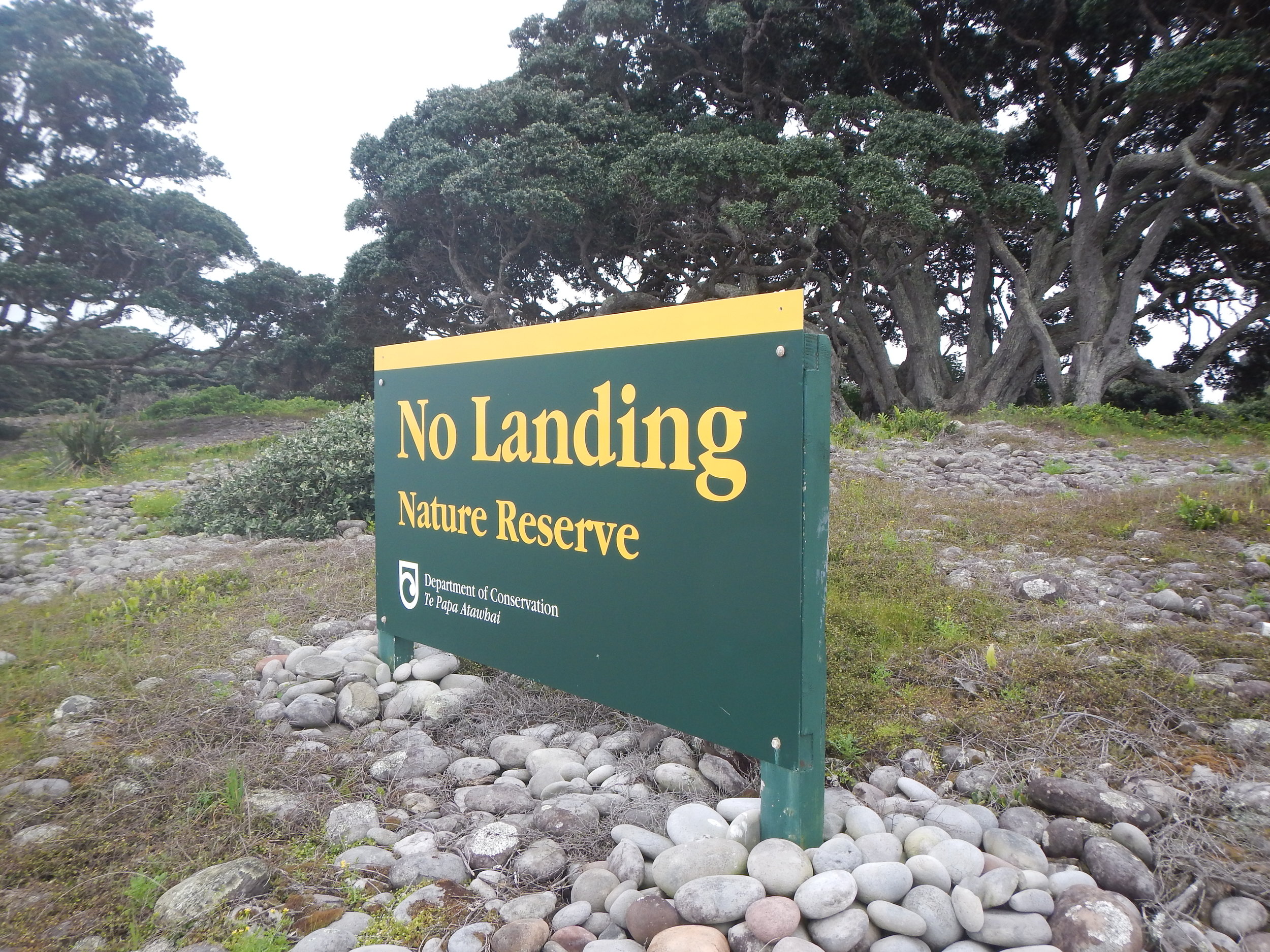
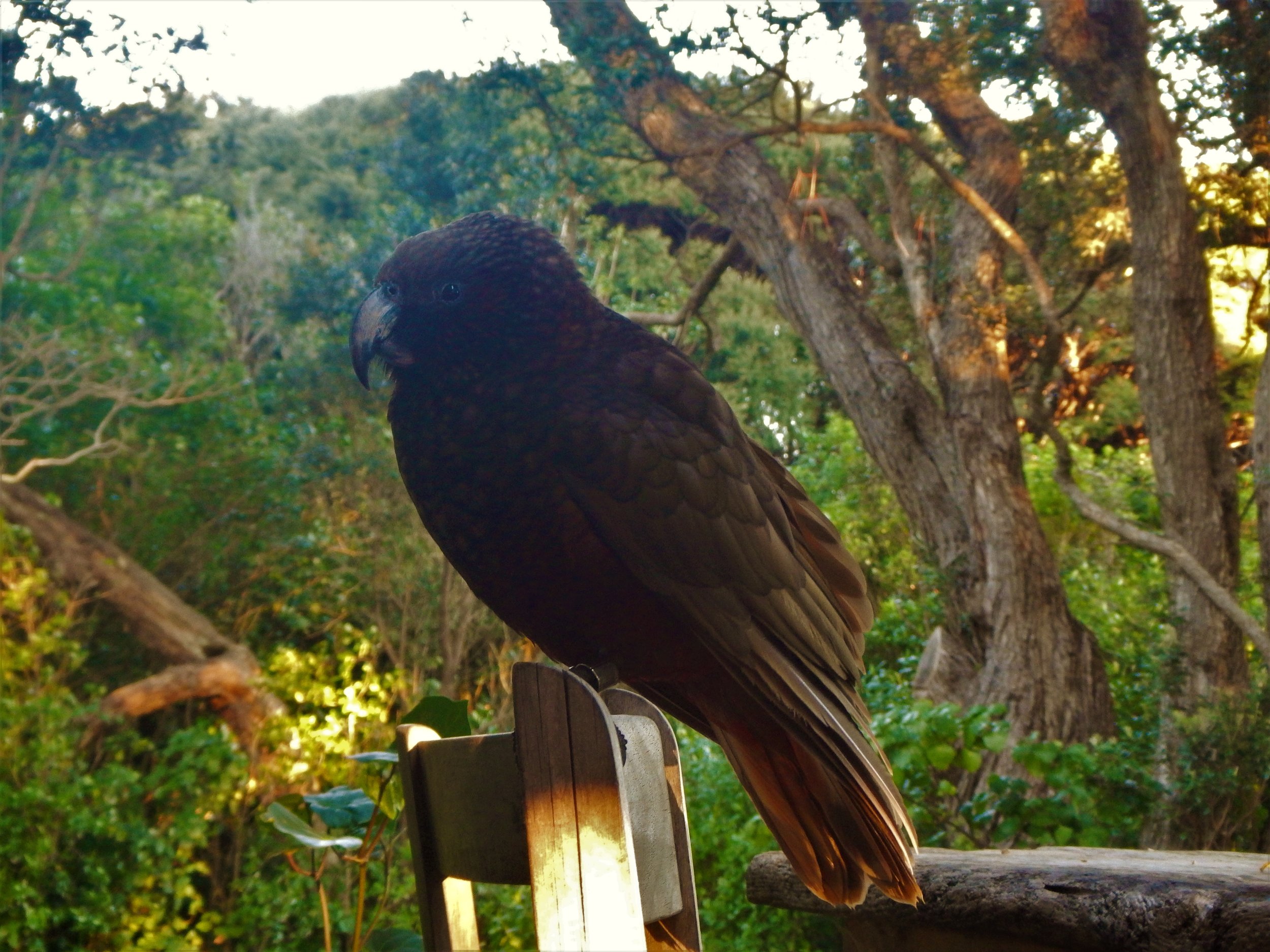
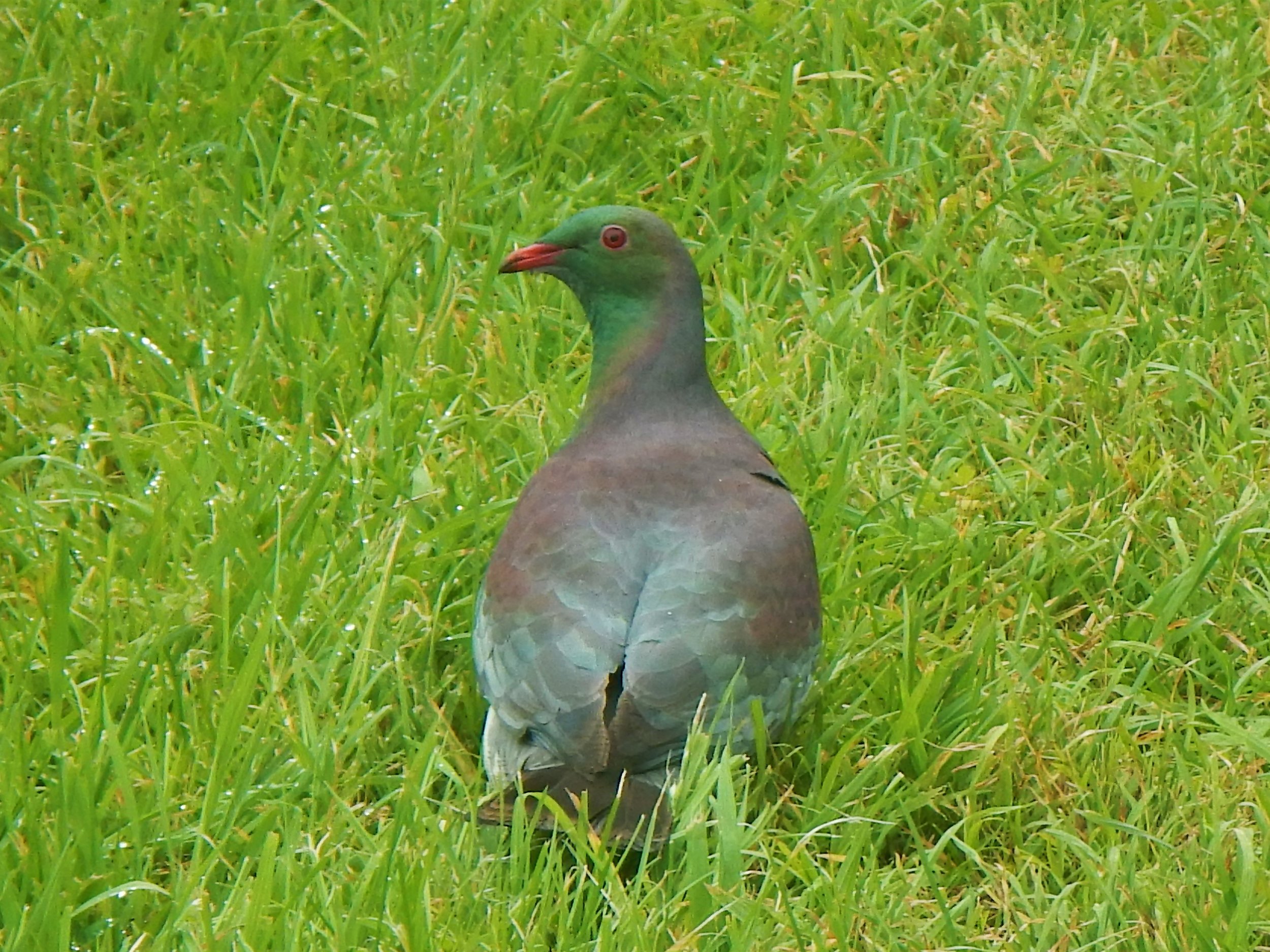
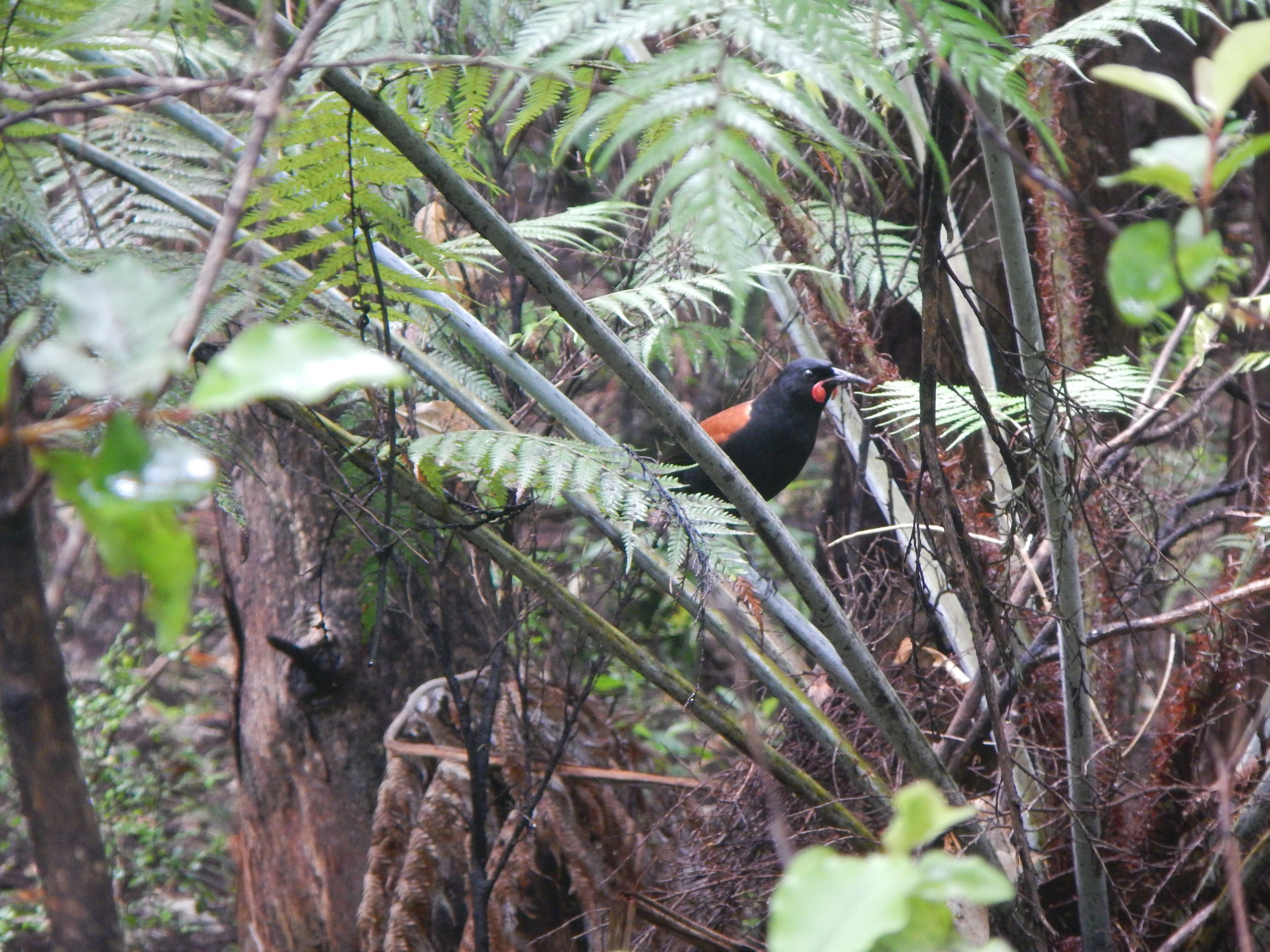
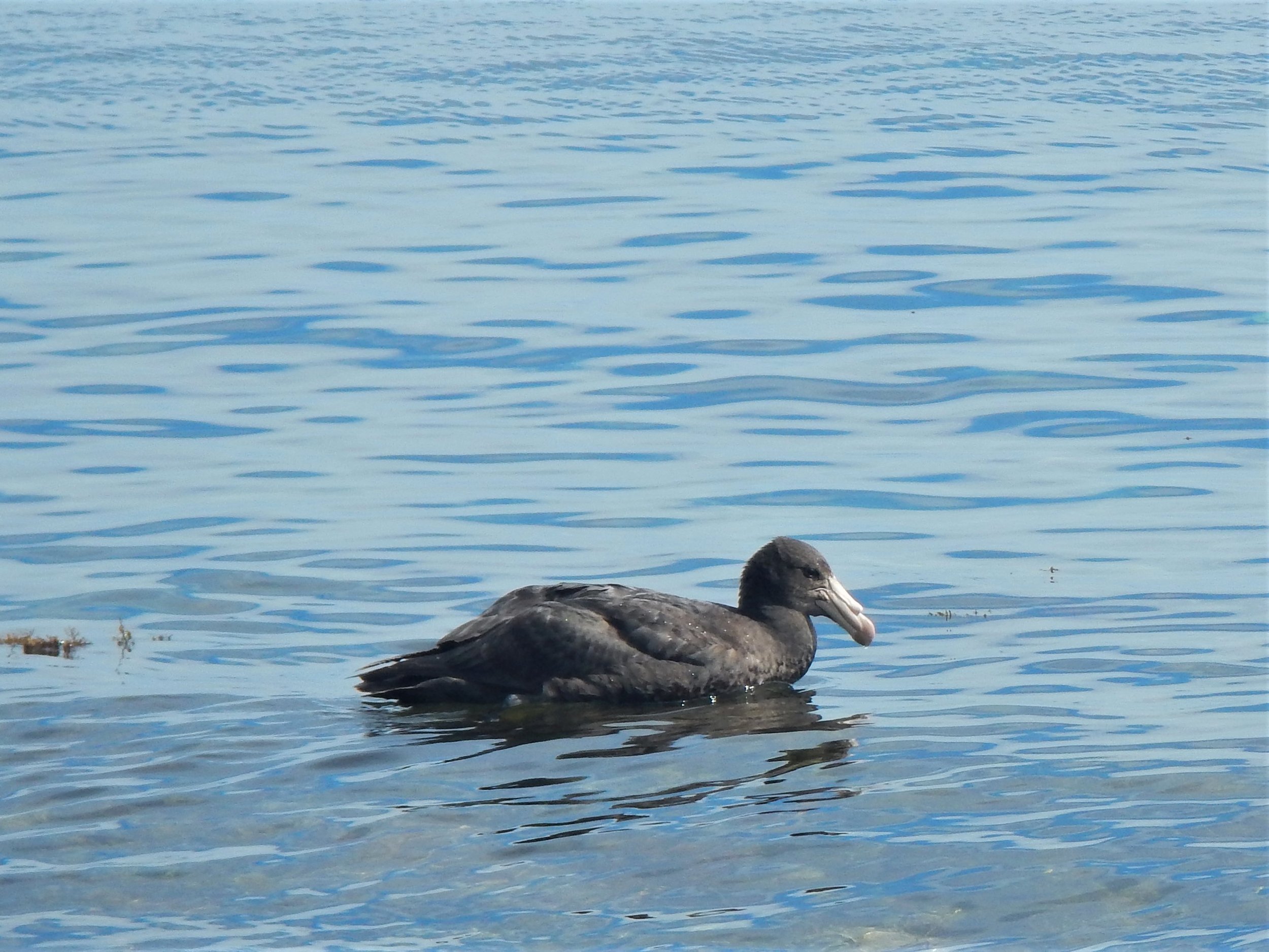
Everyone has heard of rats, but how many of you, New Zealanders included, have heard of climbing asparagus? Long green curtains of this weed can be found wrapping their way across metres of native flora, choking the life out of the unique forests that sustain our bird species. Then there’s pampas. Pointy fluffheads of this plant pop up all along northern New Zealand coastlines, obstructing your view of pristine coasts.
It’s because of these plants that I got my chance to visit Little Barrier. A key part of the island’s management is its weed control program, which occurs every year from September to December, enlisting a select number of volunteers alongside the team of rangers.
I was lucky enough to become one of these volunteers. Arriving to a chorus of native birdsong unrivalled by anything I had heard before, I certainly wasn't disappointed. And yet, I never fully appreciated the island until I left…
“Being kept awake at night by blue penguins squawking under the cabins. Woken at pre-dawn by the carrying call of the kokako. Frequently irritated by the disruptive rrrark! of the saddleback.”
These things were easy to take for granted when they disturbed your sleep, and you had full, rigorous days of weeding ahead of you. Only upon returning to the mainland, to find forests hauntingly quiet in comparison, does it really hit you how lucky you were to be surrounded by so much birdlife.
When I was on Little Barrier, we found only 54 climbing asparagus plants over the 237 hectares we searched. This demonstrates the island’s uniqueness in being so weed-free, as well as hinting at the nature of our work. With so few weeds, we didn't end our days with sore arms and strained backs, feeling accomplished from uprooting hundreds of plants. Instead, we ended them with tight calves and bruised, scratched skin from bashing through kilometres of bush, often accompanied by a sense of triviality at not having found a single weed all day.
Despite the scarcity of weeds, we also knew that total eradication was impossible. Wind and birds flying across from the mainland were constant dispersers of invasive plant seeds. The weed work on Little Barrier was an endless project.
Sounds like a motivation killer, doesn’t it? Such is conservation work, a lot of the time. I had to keep reminding myself that, through our efforts, weed populations would be kept low enough for the remarkable flora and fauna that surrounded me not only to survive but to thrive.
In order to stay motivated, teamwork was crucial. Our weeding method, called "grid-searching", involved lining up across a section of land, leaving an appropriate amount of space between ourselves and our neighbours, and then walking across that section, our eyes raking the forest for any sign of a weed. We attempted to walk in as straight and coordinated a line as possible so as to cover the whole section, using GPS, compasses and, most importantly, communication.
It may sound easy, but picture for a moment the variation in terrain throughout Little Barrier. The island largely consists of steep cliffs well over 100 metres tall, so you could be going sharply downhill or uphill, or an odd combination of both. Next, parts of the forest are packed with supplejack, a native vine crisscrossing in patterns only nature could imagine, and kihikihi, with its springy stems and leafy tops — both all too easy to get entangled in. Gigantic kauri trees loom before you, requiring a detour during which the other side of the tree becomes unsearchable.
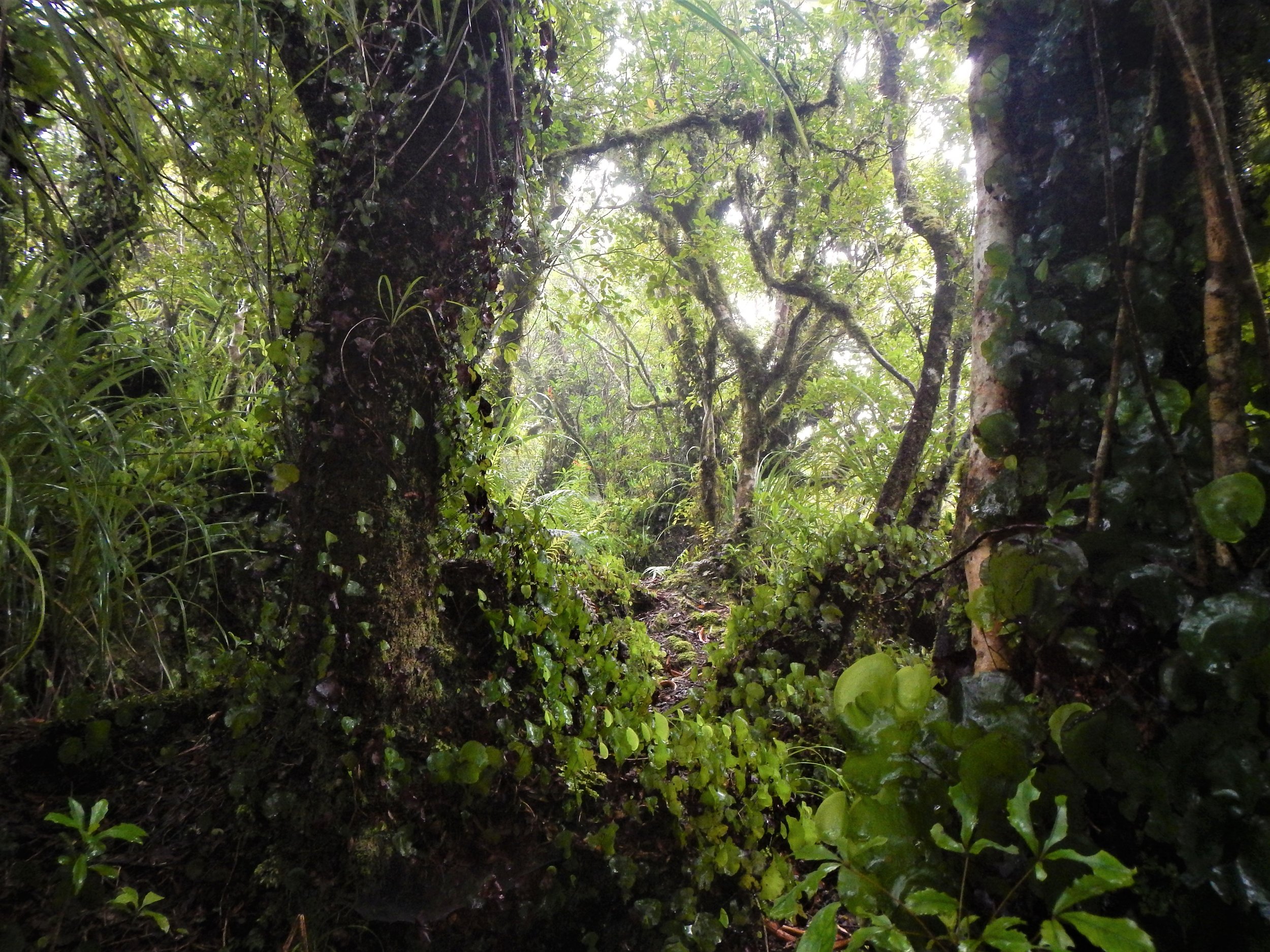
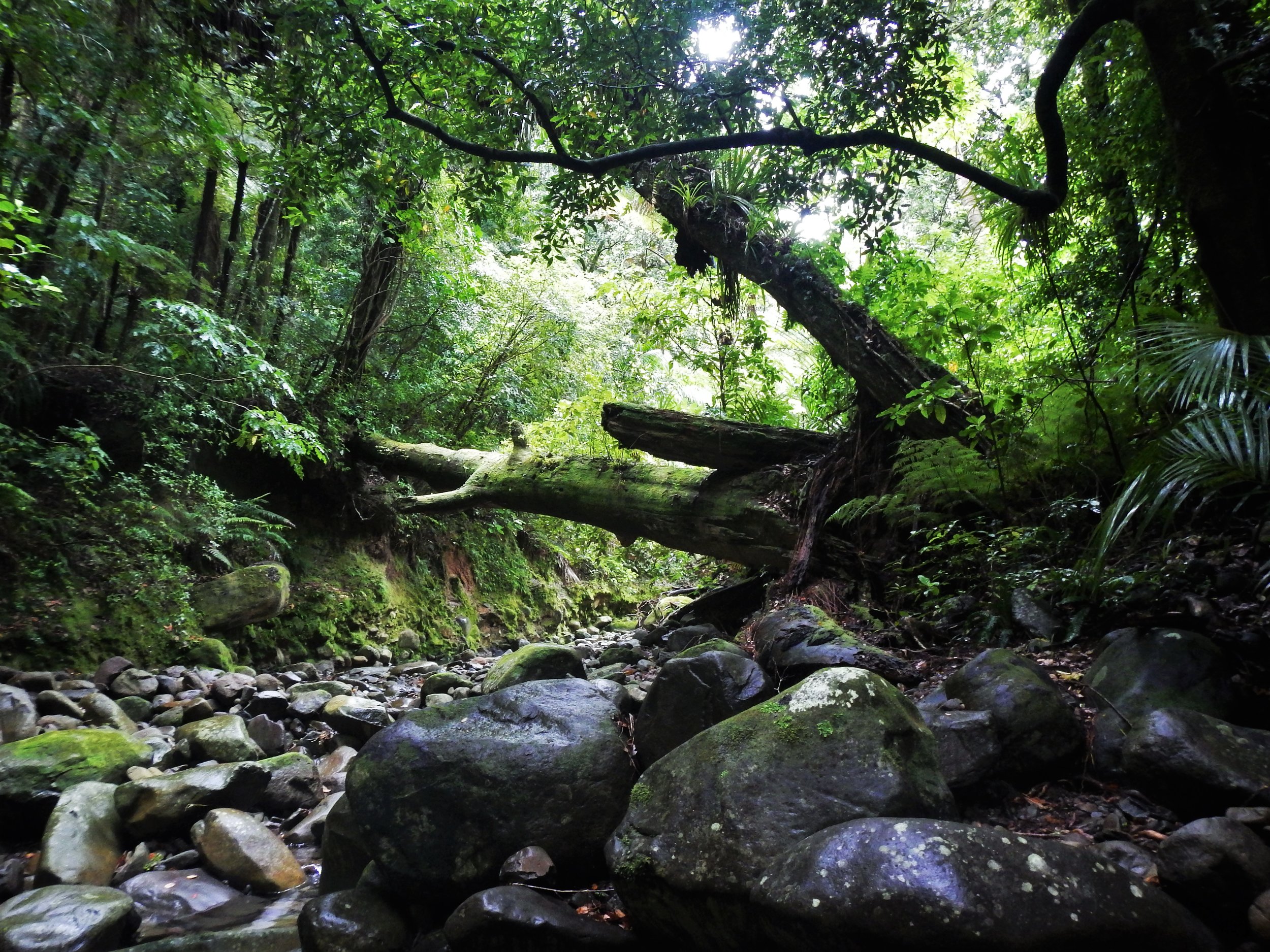
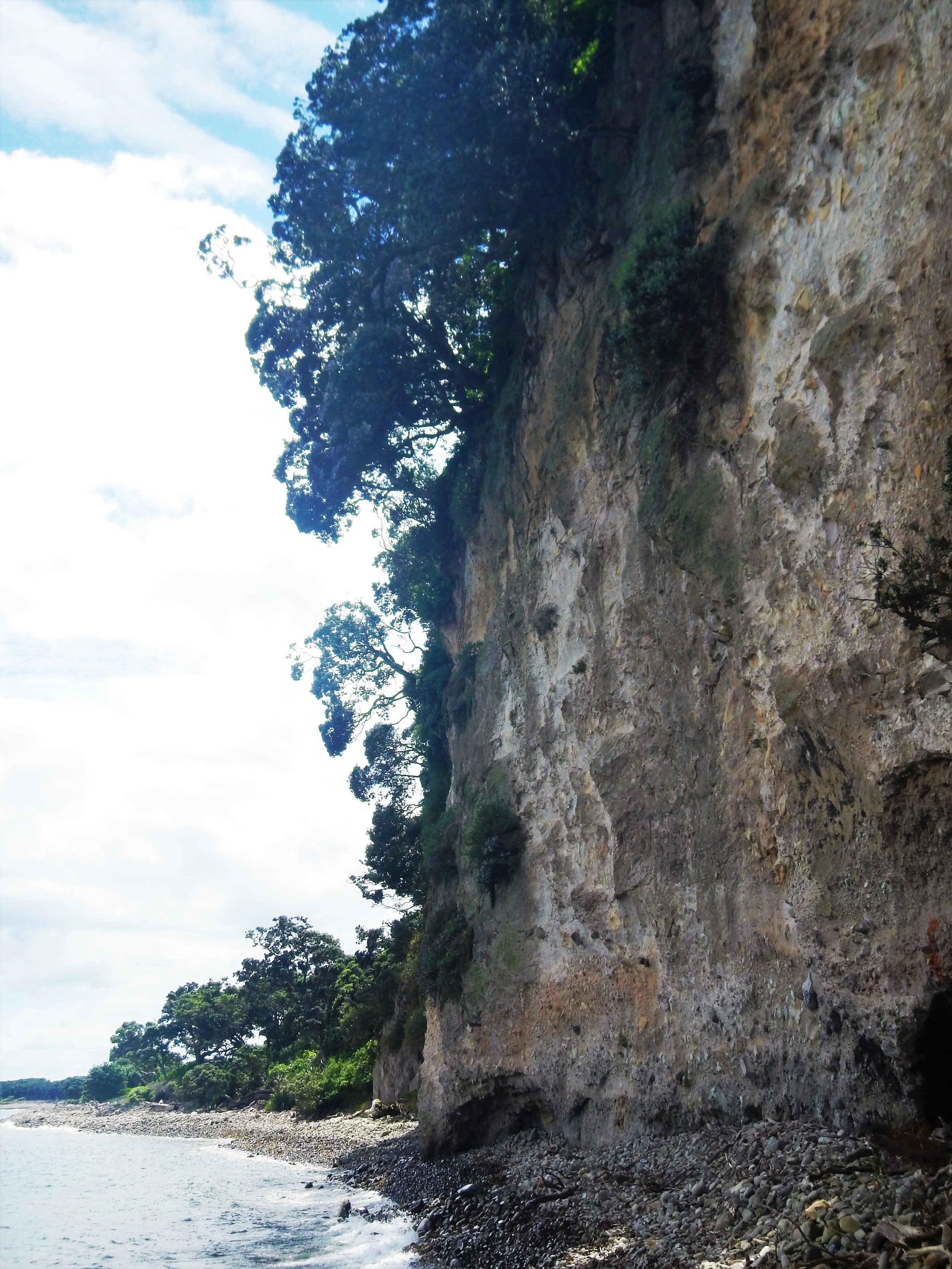
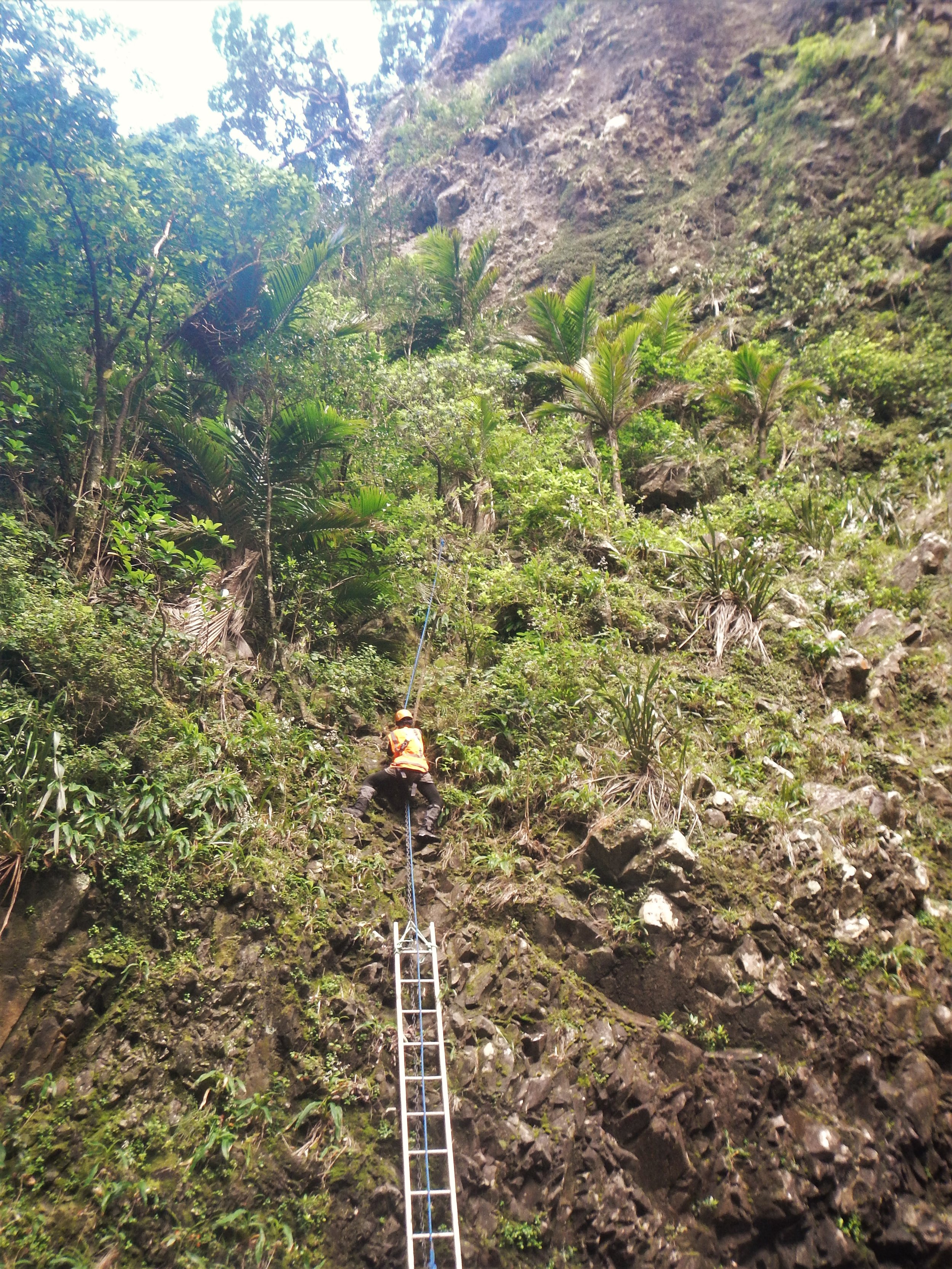
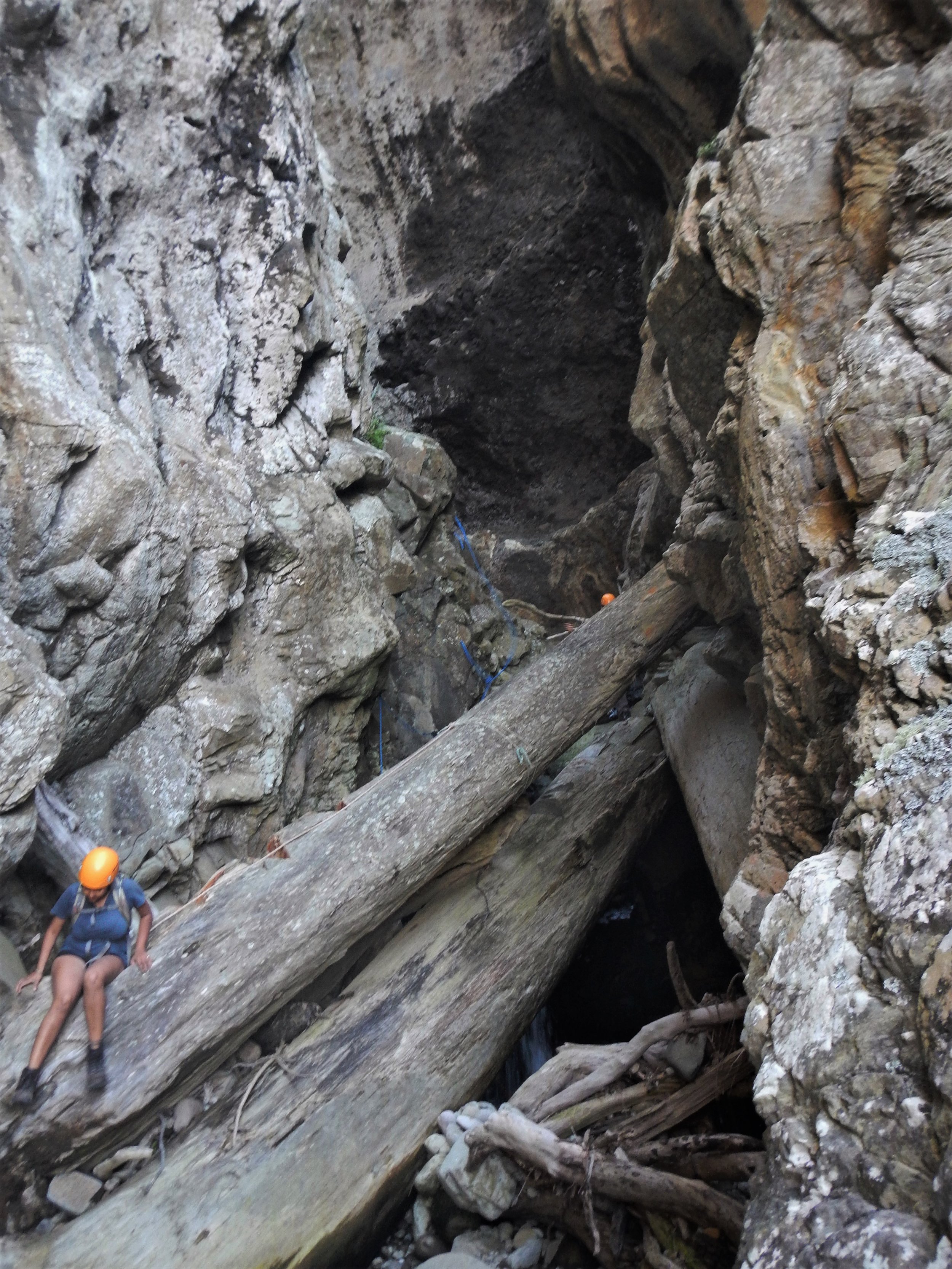
The list goes on. At any moment, our advance could be brought to an abrupt halt with a “Stop!” yelled across the bush by a team member struggling to catch up, while playing Street Fighter with a particularly gnarly tangle of plants. And it could be brought back to life either by a teasing comment from a teammate to “Hurry up, this line’s easy as” (as they walk through a far less beastly section just 10 metres to your left) or by a more subtle, "I think you're falling out of line". Reactions differed depending on how deep you were in that tangle of bush, not only physically but mentally. Emotions could range from exasperated fury or determination to something like, "I wanna cry and go home".
It was inevitable that your teammates would eventually see the worst of you — not just because of the frustrations of grid-searching, but because they were your companions outside of work, too. With a $450 return boat trip to the mainland, there was no hopping off Little Barrier for a weekend escape. On this island of only 11 inhabitants, your colleagues shared your cabins, kitchen, bathroom, and every social gathering. You were bound to be a monkey on each other’s backs sometimes.
Yet it was both the silly banter and the charitable patience that were key, not just for work efficiency but for staying sane and lighthearted for the duration of the trip. It might even be this ability to work in isolation, and as part of such a tight-knit team, that determines whether you are selected to come to the island.
There were certainly moments when you longed to escape. On the other hand, if you could endure the hardships, you would reap the benefits: not only of the intimate and challenging teamwork, but also the pristine forests, unique wildlife, rugged cliffs, and the expansive Hauraki Gulf. Best of all, every night you could be lullabied to sleep by a screeching cacophony of bird noises — and, really, what privilege could be better than that?
Edited by Andrew Katsis






























































